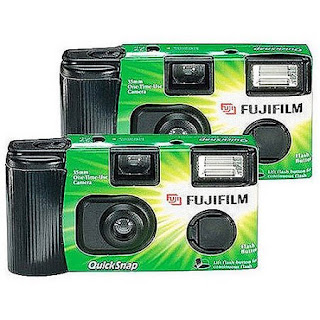Creating artworks with multiple materials are some of the
most memorable projects a student can treasure.
There’s so much experimentation in the process, and opportunities to
integrate other ideas within the project creation. Mixed media is defined as an artwork created
with more than one medium. Common mixed
media projects are altered books, artist trading cards, collage (assemblage),
quilt art, and inter-media. Many mixed
media techniques are experimented in the upper grade levels, but can also be
used as early as Pre-Kindergarten.
When I think of mixed media, I think of STEAM because there
is a great opportunity to tie in science, technology, engineering, and
mathematics in the finished artworks.
When coming up with a mixed media project, there are a few things to
keep in mind when designing and executing the lesson. I must confess that some of the tips to be shared
were learned by experimentation.
Browse your materials. Some of the most common mixed media projects
require the simplest of materials, such as crayons to watercolor, or Mod Podge
for assemblage. Take the time to go
through your collected materials and research what art medium can work with
others. I recommend browsing art
education blogs with lesson ideas or visiting websites of art supply companies
that list multiple mixed media lesson plans.
Experiment with what
you have. If you have a wonderful
idea using multiple materials for your students’ finished products, know what
works together and what doesn’t. This is
where it’s always best to create your finished example before executing the
lesson. It’s good to learn first hand what
materials can be water resistant or bleed colors when wet. Document what steps are involved in the
process. Are you incorporating
technology? Do you plan on having
students create beginning designs of their products before executing the final
piece? Are there precise measurements
involved? Practicing these steps and
performing your experimentation will help you execute the lesson with better
ease.
Explore multiple
techniques. Assemblage and resist
are two of my go-to techniques with younger grade levels. My younger students are always interested in
the magic of crayons or oil pastels resisting watercolors or tempura paint. It is also fun to assemble multiple images or
drawings and add more elements, such as paint, gel markers, or even air-dry
clay for 3-dimensional pieces. My older
students enjoy altering materials, like playing with torn paper, adding images
in collage, or painting over found objects.
Know there will be
successes and failures. In my 11
years in education, I have had a few lessons that have been tossed out or
heavily modified. One of my most
memorable examples was when I started my “stained glass” tissue paper project
with 6th grade. I wanted to
create a glass effect using tissue paper on clear vellum, and applied black
glue to trace the images, which made the glass designs stand out. When I first started the project, I learned
that regular glue was not the glue to use to apply the tissue paper. After many
projects dried, the vellum and the tissue paper peeled apart. I also learned that with using the black
glue, projects needed to be dried flat and not on the drying racks, or else
they would leak. I learned that Mod
Podge did the trick and created a shiny effect with the tissue paper. If you start a project off from scratch, you
will find out what works after playing with new materials with your students.
Organize the chaos. Working with multiple materials can be fun
and exciting, but when you work with different media (especially when you’re on
a cart), you need to keep a stricter eye on the creativity in the room,
especially is you have limited amounts of items to use. I always need to keep this in mind when using
feathers, beads, pipe cleaners, or other embellishment materials. Students want to cake their projects with
every bead available, but when the last class is ready to start their project,
you end up running out. Make sure to
divide the materials available with all your classes. There are some projects where I encourage
students to pick up their own embellishments, which makes the product more
exciting and personal for the maker.
Also, when working with an abundance of materials, allow for additional
clean-up time with younger grade levels.
Enjoy your students’ amazing products! When the artworks are completed, have the
students reflect on their process! You
can achieve this through artist statements or critiques. You can also have the students talk about the
steps used in creating their artworks. In
an open critique, ask them how they felt about the process and finished
product.
Enjoy your mixed media projects
with your students! The are some of the
best artworks to make with your students!


























